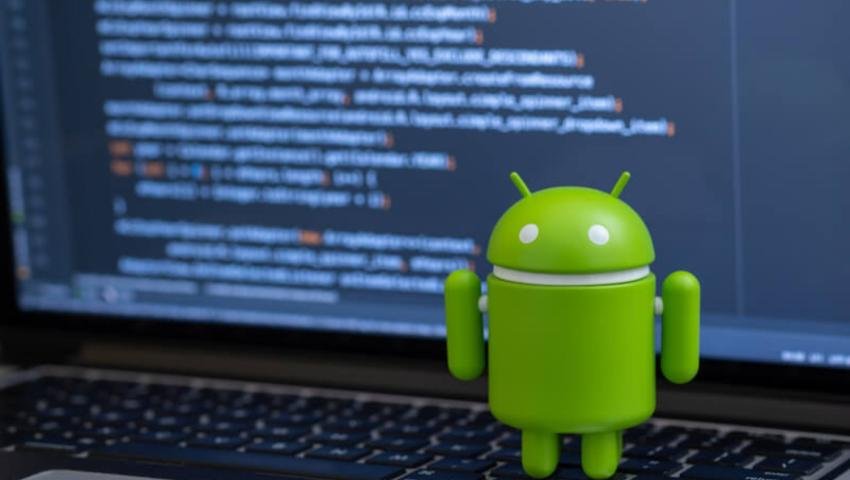
Building for the Wild Side: A Human Take on Android App Development
Android app development is all about building apps for the billions of devices that run on the Android operating system—think Samsung, Google Pixel, Xiaomi, OnePlus, and countless others.
Building for the Wild Side: A Human Take on Android App Development
So you want to build an Android app? Welcome to the jungle.
Not because it’s all chaos (okay, maybe a little), but because Android development is the land of infinite devices, screen sizes, and user quirks. It’s flexible, powerful, open-source, and occasionally… a bit of a headache. But if you play your cards right? It’s also ridiculously rewarding.
Let’s unpack what Android app development really looks like — no corporate buzzwords, just straight-up reality.
Android Is Everywhere (Literally)
Unlike iOS, where you're building for a neat little Apple ecosystem, Android is spread across hundreds (if not thousands) of devices. Cheap phones, fancy flagships, tablets, TVs, even smart fridges — Android runs on all of it.
That’s great for reach, but it also means your app needs to play nice with a ton of different devices, screen sizes, and OS versions. Testing isn’t optional — it’s survival.
Kotlin: The New King
Once upon a time, Android was all about Java. Then Kotlin came along, and honestly? It’s kind of a dream. Clean, expressive, less boilerplate. Just getting started? Don’t overthink it—Kotlin’s your best bet. Save yourself the headache and dive right in.You’ll thank yourself later.
Android Studio: Your Creative Playground (With Occasional Tantrums)
Android Studio is where the magic happens. It’s your IDE (Integrated Development Environment), and it lets you write code, build your UI, test your app on emulators, and push updates — all from one place.
It’s powerful… and occasionally moody. Expect the occasional freeze or mysterious error. Just breathe. Save often. Restart when needed. It’s part of the ride.
Material Design: Your Visual North Star
Design matters. Android has a design system called Material Design, and it’s not just about colors and buttons. It’s about motion, hierarchy, and making your app feel native. Your users shouldn’t feel like they need a treasure map to figure things out. Make buttons clear, scrolling smooth, and keep the experience frustration-free. Build something intuitive, and people will stick around.
And please — no 2012 gradients. We’re better than that.
Play Store: Chill but Still Has Rules
The good news? Publishing on Google Play is easier than Apple’s App Store. No review purgatory. You can push updates quickly. It's indie-dev friendly.
The catch? Because it's so open, the competition is fierce — and you still need to follow rules. Privacy policies, content guidelines, user data handling… Google doesn’t micromanage you, but they are watching.
Fragmentation Is Real (But Not the End of the World)
Yes, Android fragmentation is a thing. Some users are still running Android 8, while others are on 14. Some phones have weird screen notches. Some have no Google services at all (hi there, Huawei). But this isn’t a reason not to build — it’s a reason to test smart and design flexible.
Use responsive layouts. Think about accessibility. Avoid hardcoding anything. Adaptability wins.
Why Android Still Rocks
- Massive user base. Billions of devices.
- More freedom. Customize more, integrate deeper, and build weird stuff if you want.
- Lower barrier to entry. No MacBook required. No annual fees to publish.
- Global impact. Android is huge in developing countries. You’re building for the world.
So, Should You Build for Android?
If you like flexibility, open ecosystems, and building things your way — hell yes.
Android dev teaches you to roll with the punches. It’s not always polished and clean, but that’s part of the beauty. You learn how to optimize, troubleshoot, adapt. You’re building for actual people, using actual phones, in the messiness of real life — not in some perfect, controlled lab.
Final Thoughts: The Freedom Is Worth It
Android development isn’t about control — it’s about creativity. You’ve got more freedom, more reach, and a deeper toolkit than almost any platform. Yes, it comes with a learning curve. And yes, the device chaos is real. But once you figure it out?
You can build anything. And that’s kind of the whole point, right?
Rukhsar Jutt
Leave a comment
Your email address will not be published. Required fields are marked *

